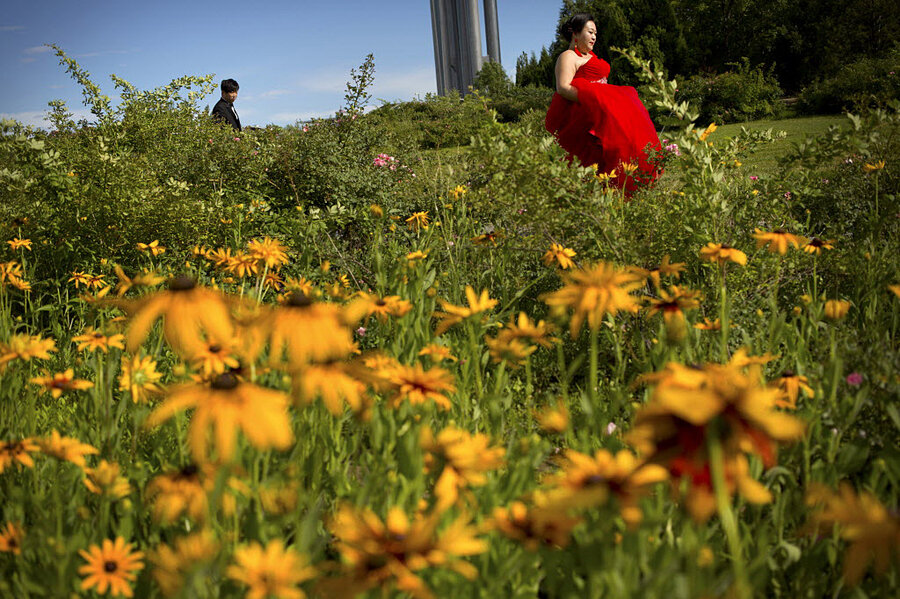What you think of as 'yellow' changes with seasons, say scientists
Loading...
To many of us, the color yellow looks slightly different now than it did six months ago, even if we don’t realize it.
That’s because our vision changes with the seasons, new research from the University of York says. In the winter, when we see more shades of grey in nature, we perceive colors differently than we do in the summer, when green abounds.
The research team asked why the color known as unique yellow – a shade of yellow that does “not appear to contain mixtures of other colors” – is perceived to be the same across populations, while perceptions of other "unique" colors tend to vary more greatly between individuals, and attempted to determine what could change people’s perceptions of the color. They published their findings in the paper “Human colour perception changes between seasons,” which appears in the most recent issue of Current Biology.
The reason behind variation, they hypothesized, has to do not with the specific makeup of each individual’s eyes, but with differences in their environments. Lead author Lauren Welbourne, a psychology Ph.D. candidate at University of York, compared it to adjusting the settings on a television.
"What we are finding is that between seasons our vision adapts to changes in environment. So in summer when there is a much larger amount of foliage, our visual system has to account for the fact that on average we are exposed to far more green,” Ms. Welbourne said in a press release.
"In York, you typically have grey, dull winters and then in summer you have greenery everywhere. Our vision compensates for those changes and that, surprisingly, changes what we think 'yellow' looks like. It's a bit like changing the colour balance on your TV."
The experiment tested 67 men and women, first in January and then again in June. Volunteers were put in a dark room and asked to identify unique yellow on a “colorimeter,” a dial-controlled machine that showed participants colors on a spectrum. “We found that [unique yellow] settings shifted to shorter wavelengths in summer compared to winter,” the study said, which may “be explained by longterm normalisation of cone outputs due to seasonal variation in the environment.”
That color perception can vary not just across populations, but within a single individual, probably does not come as a complete surprise to anyone who has seen in the notorious optical illusion and social-media phenomenon known simply as “the dress.”
Though whether a person sees the garment as white and gold or black and blue appears to be largely the result of a person’s perception of the image’s lighting, the phenomenon of priming – we expect to see the colors that we are used to seeing – plays a comparable role in how perception of unique yellow varies based on the season.
So while the dress made many of us more aware of how our minds process color, this study illuminates the phenomenon on a scale that, according to Welbourne, is unprecedented. "This is the first time natural changes in the environment have been shown to affect our perception of colour,” she said.
"Many places in the world have very different environments throughout the year. Think about the changes that the rainy season brings to India, or winter and summer in the arctic,” Welbourne said.
"So this process is very useful because you can adapt to these huge seasonal changes in environmental colour and continue to see and discriminate between colours accurately."








